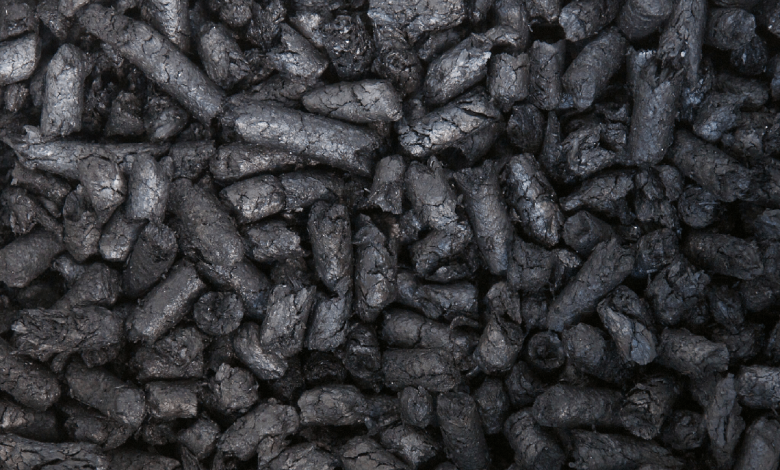Advancements in Biochar Pelletization Techniques: Enhancing Efficiency and Application Versatility
Exploring new methods to produce biochar pellets, improving their quality and expanding their applications across various industries.

Biochar, a carbon-rich material derived from the pyrolysis of biomass, has garnered significant attention for its environmental benefits, including soil enhancement, carbon sequestration, and waste management. Recent advancements in biochar pelletization techniques have further expanded its applicability and efficiency across various sectors.
Innovations in Pelletization Techniques
Traditional biochar production often results in fine powders that can be challenging to handle, transport, and apply uniformly. Pelletization addresses these issues by compressing biochar into uniform, dense pellets, enhancing its practicality and performance. Recent studies have focused on optimizing pelletization processes to improve pellet quality and functionality:
- Compost-Biochar Pellets: Combining biochar with compost has led to pellets that significantly enhance soil properties, including nutrient availability, microbial activity, water-holding capacity, and soil texture. This synergy offers a sustainable solution for soil amendment and fertility improvement.
- Torrefaction and Densification: Pre-treating biomass through torrefaction—a mild pyrolysis process—before pelletization has been shown to produce pellets with superior qualities. Torrefied biomass pellets exhibit improved energy density, hydrophobicity, and structural integrity, making them more efficient for combustion and gasification applications.
- Pelletizing Equipment Advances: Developments in pelletizing machinery, such as pin mixers and disc pelletizers, have enabled the production of high-quality biochar pellets tailored for diverse applications, including soil amendments, animal feed, energy generation, and environmental remediation.
Challenges and Future Directions
Despite these advancements, challenges remain in standardizing pelletization processes to ensure consistent pellet quality across different feedstocks and applications. Ongoing research aims to refine pelletization parameters and explore innovative pre-treatment methods to overcome these hurdles.
Conclusion
Advancements in biochar pelletization techniques have significantly broadened the material’s applicability, offering sustainable solutions in agriculture, energy, and environmental management. Continued innovation in this field is essential to fully harness biochar’s potential in addressing global environmental challenges.
Sources:



